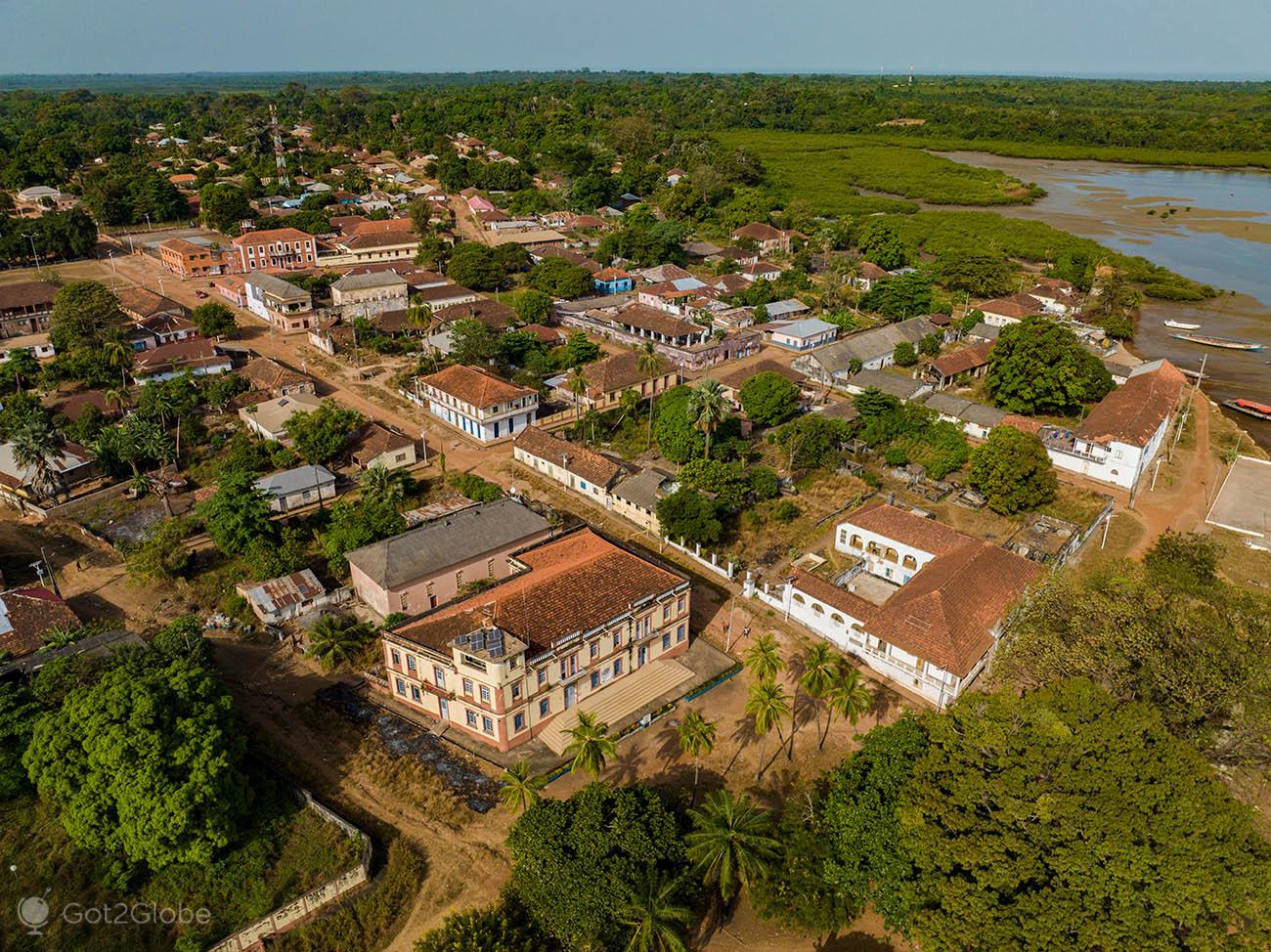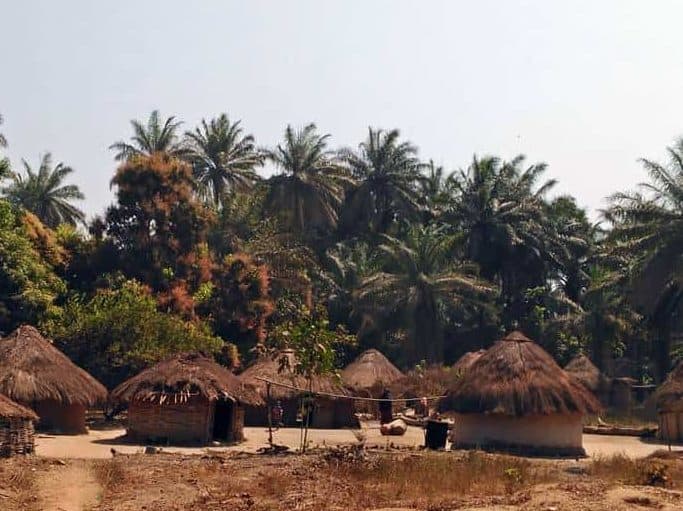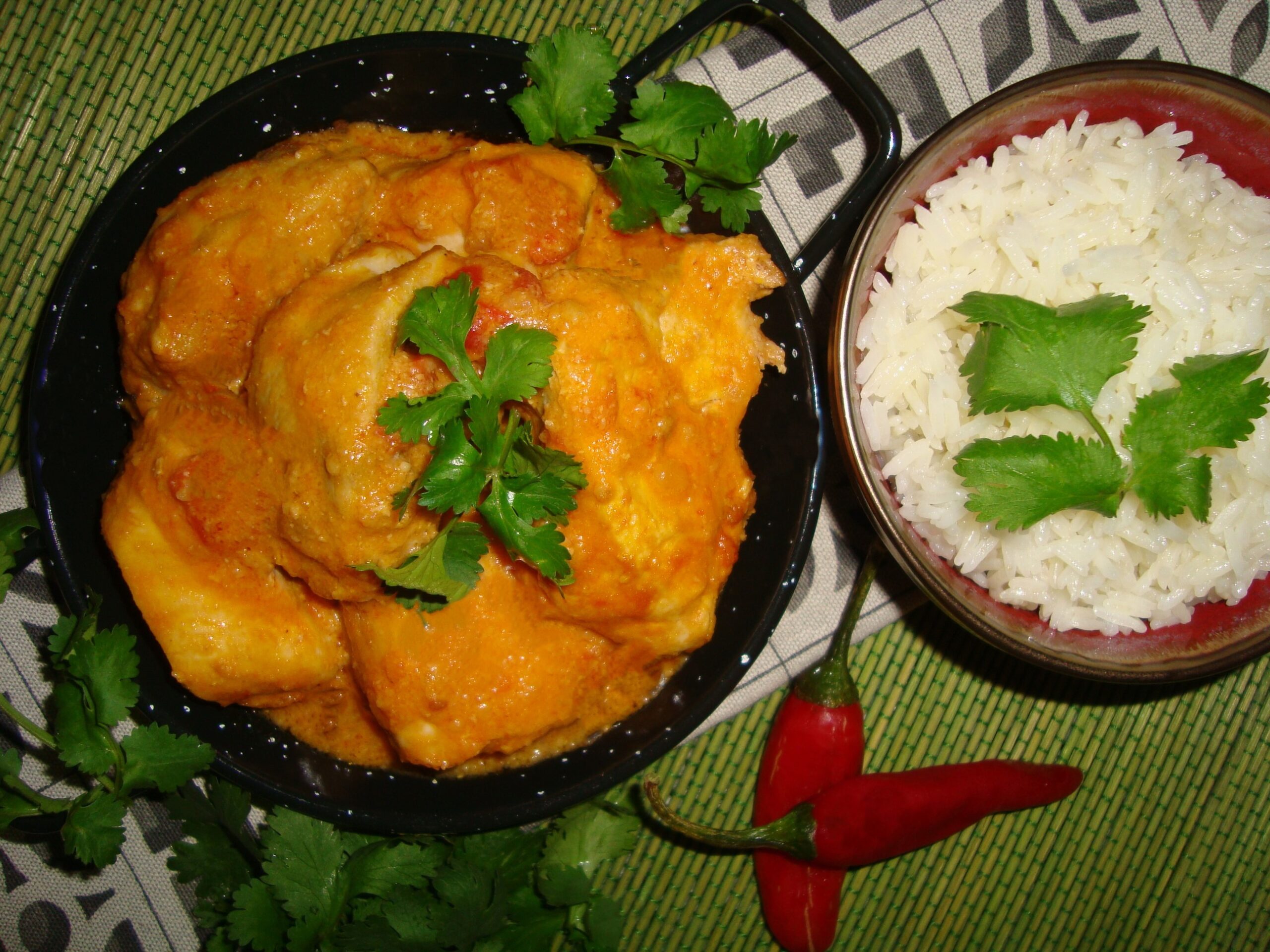Guinea-Bissau travel tips
Guinea-Bissau travel tips: On West Africa’s Atlantic coast, features vibrant cultures, diverse landscapes, and a blend of indigenous and Portuguese influences.
Regions 🌎
Guinea-Bissau travel tips. Here is a list of all the regions of the Guinea-Bissau.

Bissau

Bolama-Bijagós

Cacheu

Gabú

Bafatá

Tombali

Quinara

Oio

Biombo
Before you go 🛩
Important information you should know before your trip
Info

Capital | Bissau
Flag Codes:
ISO alpha-2 GW,
ISO alpha-3 GNB
Currency
Badge | CFA franc
CODE | XOF
NUMBER | 952
SYMBOL | Fr
FRACTION | penny
Mobile Coverage
Dialing Code | +245
SIM Card
Coverage | 3G / 4G / 5G |
Mobile Networks | MTN Mobile | Orange Mobile |

Location
Guinea-Bissau is a country located on the west coast of Africa. It is situated in the region known as West Africa and is bordered by the Atlantic Ocean to the west, Guinea to the south and east, and Senegal to the north.
Geographic Coordinates: Guinea-Bissau is located approximately between latitudes 10° North and 12° North and longitudes 13° West and 17° West.
Coastline: Guinea-Bissau has a coastline along the Atlantic Ocean to the west, stretching for approximately 350 kilometers (about 217 miles). This coastline includes numerous estuaries, rivers, and islands.
Geographical Features: The geography of Guinea-Bissau is characterized by coastal plains, mangrove swamps, rivers, and a low-lying coastline. The country is known for its numerous rivers and waterways, including the Geba and Corubal rivers. The Bijagós Islands, located off the coast, are part of Guinea-Bissau and are known for their biodiversity and natural beauty.
Currency
The currency of Guinea-Bissau is the West African CFA franc, abbreviated as XOF.
It is the official currency not only of Guinea-Bissau but also of several other West African countries that are part of the West African Economic and Monetary Union (WAEMU).
These countries share a common currency and a fixed exchange rate with the Euro, as the currency is guaranteed by the French Treasury.
The West African CFA franc is issued and regulated by the Central Bank of West African States (BCEAO), which oversees the monetary policies of the member countries in the WAEMU region.
The currency is used for daily transactions, trade, and financial activities in Guinea-Bissau and the other member countries of WAEMU.
Languages
The official language of Guinea-Bissau is Portuguese. Portuguese serves as the country’s official language for government, education, and administration.
In addition to Portuguese, some of the indigenous languages spoken in Guinea-Bissau include:
Creole (Kriolu or Kriol): Guinea-Bissau Creole is a widely spoken creole language derived from Portuguese with influences from African languages. It is commonly used in everyday communication and is often spoken as a first language by many Bissau-Guineans.
Balanta: Balanta is one of the largest ethnic groups in Guinea-Bissau, and their language is known as Balanta. It is spoken primarily in the southern part of the country.
Fula (Fulfulde): Fula is a widely spoken language among the Fula ethnic group, primarily in the eastern and northeastern regions of Guinea-Bissau.
Mandinka: Mandinka is spoken by the Mandinka ethnic group, mainly in the eastern part of the country.
Manjaco: The Manjaco language is spoken by the Manjaco ethnic group, primarily in the northern and central regions of Guinea-Bissau.
Papel: The Papel language is spoken by the Papel ethnic group, primarily in the coastal areas of Guinea-Bissau.
Bijagó (Bijagós): The Bijagó language is spoken by the Bijagó people, primarily on the Bijagós Islands, which are part of Guinea-Bissau.
Climate 🌡
Guinea-Bissau has a tropical climate characterized by distinct wet and dry seasons, typical of many countries in West Africa. The climate is influenced by its coastal location along the Atlantic Ocean and its proximity to the equator. Here are some key features of Guinea-Bissau’s climate:
Wet Season:
The wet season in Guinea-Bissau typically extends from June to October, with the heaviest rainfall occurring between July and September. During this period, the country experiences high humidity and frequent rainfall, often in the form of heavy downpours and thunderstorms. Rivers and waterways may swell, leading to some flooding in low-lying areas.
Dry Season:
The dry season in Guinea-Bissau typically lasts from November to May. During this period, rainfall significantly decreases, and the weather becomes drier and less humid. The harmattan, a dry, dusty wind from the Sahara Desert, may affect the country, particularly in the northeastern regions.
Temperature:
Guinea-Bissau generally experiences warm to hot temperatures throughout the year. Average daytime temperatures can range from the mid-20s to the low 30s degrees Celsius (mid-70s to low 90s degrees Fahrenheit).
Coastal Influence:
The coastal regions of Guinea-Bissau, including the capital city of Bissau, experience a more moderate climate due to the influence of the Atlantic Ocean. Coastal areas have milder temperatures and are less prone to extreme heat.
Vegetation:
The country’s vegetation varies with the seasons. During the wet season, Guinea-Bissau becomes lush and green, with vegetation flourishing. In contrast, the dry season can lead to a gradual drying of vegetation and the countryside.
Agriculture:
The wet season is vital for agriculture in Guinea-Bissau, as it supports the cultivation of various crops, including rice, cashews, maize, and millet. The dry season is often used for harvesting.
Mangrove Swamps:
Guinea-Bissau’s coastal areas are known for their extensive mangrove swamps, which are important for biodiversity and serve as critical breeding grounds for various marine species.
Climatic Variations:
While the general pattern described above applies to most of Guinea-Bissau, there can be variations in rainfall and climate within the country, particularly in the northern and northeastern regions.
Guinea-Bissau travel tips
If you’re planning a trip to Guinea-Bissau, here are some travel tips to enhance your experience:
Visa:
Check visa requirements before travel to Guinea-Bissau. Obtain necessary visas and confirm entry requirements.
Health Precautions:
Consult a healthcare professional for vaccinations and malaria prophylaxis. Use insect repellent and drink bottled water.
Cultural Sensitivity:
Respect local customs. Dress modestly, especially in rural areas. Seek permission before taking photographs.
Local Markets:
Bargain when shopping in markets. Be aware of your surroundings and secure your belongings.
Transportation:
Public transport is limited. Arrange transportation in advance or hire a local guide for easier navigation. View Guide.
Beach Etiquette:
Follow local customs when visiting beaches. Respect the environment and avoid littering.
Natural Attractions:
Explore Bijagós Archipelago’s biodiversity and national parks. Enjoy the pristine beaches.
Enjoy your time in Guinea-Bissau!

The best of the best
The cuisine of Guinea-Bissau is a reflection of its diverse cultural influences and natural resources. Traditional Bissau-Guinean foods often incorporate locally sourced ingredients, including rice, seafood, vegetables, and various spices.

Chicken Yassa
Chicken Yassa is a flavorful dish made with marinated and grilled chicken cooked in a tangy sauce made from onions, lemons, and mustard.

Caldo de Mancarra
Caldo de Mancarra is a groundnut (peanut) soup made with meat (such as chicken or goat), vegetables, and groundnut paste. It is a creamy and savory dish.

Bolo Polana
Bolo Polana is a popular dessert in Guinea-Bissau. It is a moist, coconut and peanut cake that is sweet and satisfying.
Here are some typical dishes and foods of Guinea-Bissau:
Mafé: Mafé is a rich and hearty peanut stew made with meat (often chicken or beef), vegetables, and a thick peanut sauce. It’s served with rice or funge.
Akra: Akra is a popular snack made from black-eyed pea or black-eyed bean fritters. It is deep-fried and has a crispy exterior.
Djadjing: Djadjing is a dish made from okra, tomatoes, and fish. It is often served with rice or funge.
Cashew Nuts: Guinea-Bissau is one of the world’s largest cashew nut producers, and cashew nuts are commonly consumed as snacks or used in various dishes.
Guava and Mango: These tropical fruits are abundant in Guinea-Bissau and are enjoyed fresh or used in fruit juices and desserts.
Palm Wine: Palm wine, known locally as “sodabe,” is a traditional alcoholic beverage made from the sap of palm trees. It is a popular drink in Guinea-Bissau.
Rice: Rice is a staple food in Guinea-Bissau and is commonly served with various sauces and dishes. It is a fundamental component of most meals and is grown throughout the country.
Jollof Rice: Jollof rice is a popular West African dish made from rice cooked in a tomato-based sauce with spices and vegetables. It often includes ingredients like onions, tomatoes, and peppers.
Funge: Funge is a starchy side dish made from cassava, yam, or plantains. It has a dough-like consistency and is often served with sauces or stews.
The cuisine of Guinea-Bissau reflects the country’s cultural diversity and its reliance on locally sourced ingredients. Seafood and rice-based dishes are particularly prominent, and the use of spices and flavorful sauces enhances the taste of many Bissau-Guinean meals.
Transportation 🚥
More information about this country
Choose your destination 📍🗺
Useful Links ✅



